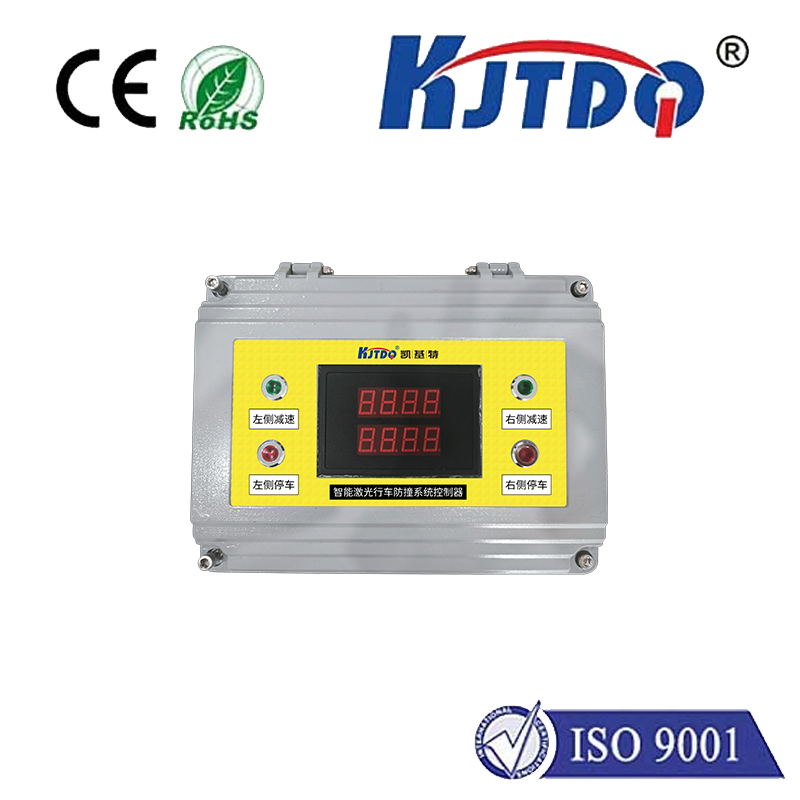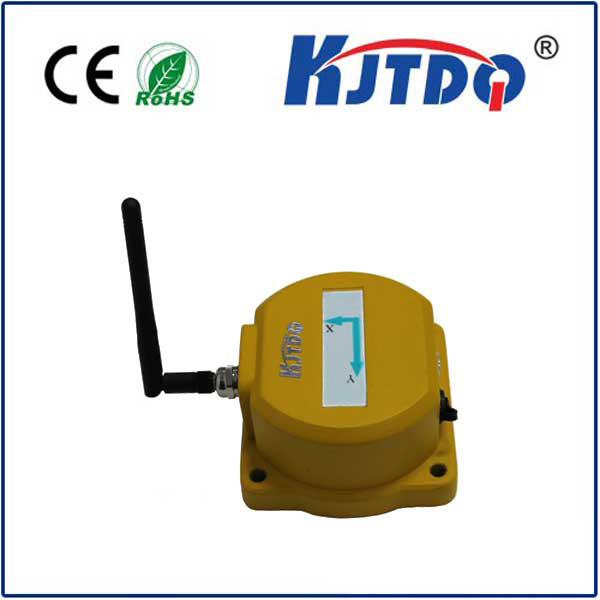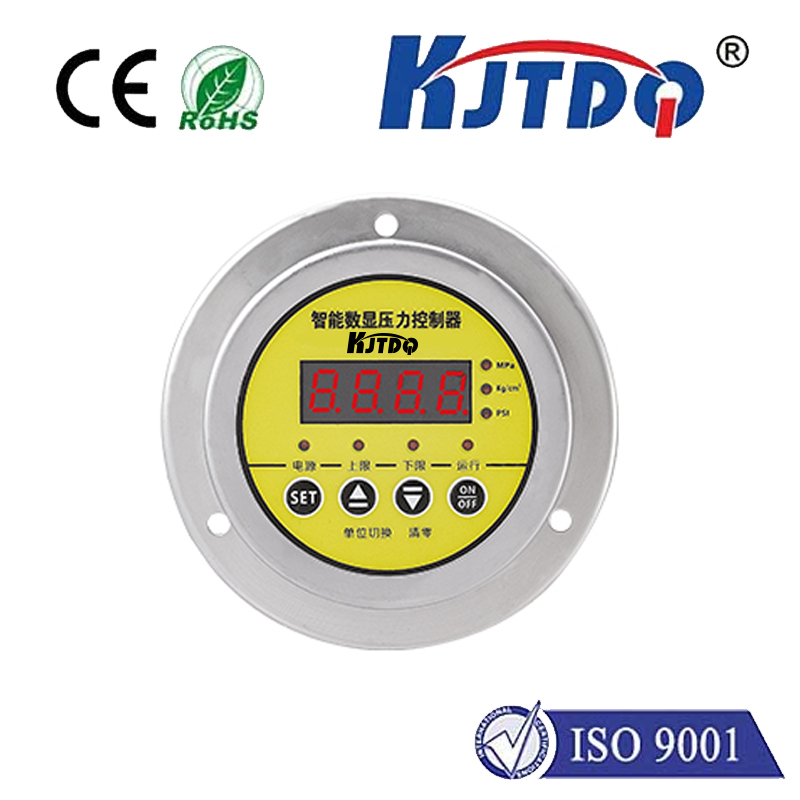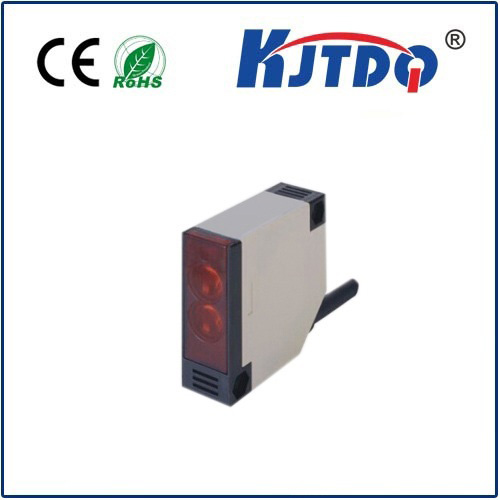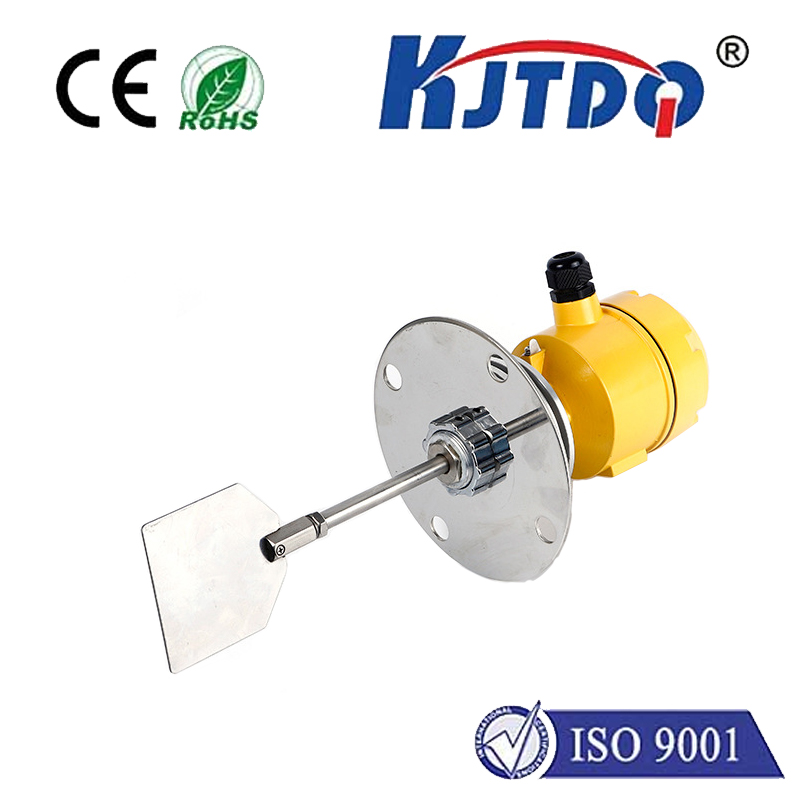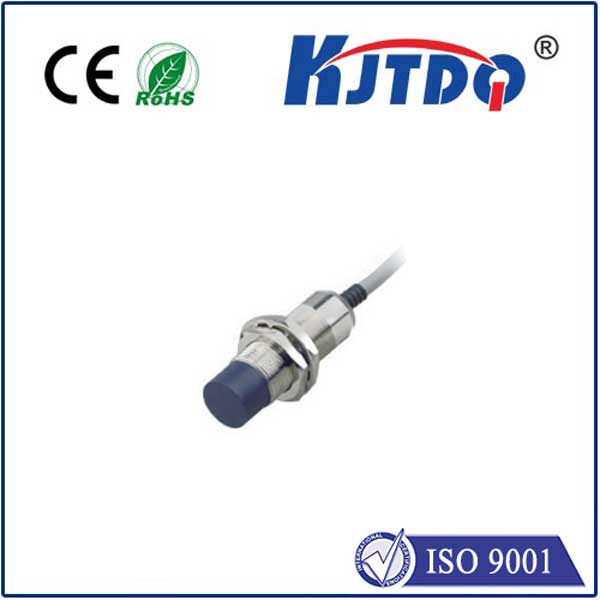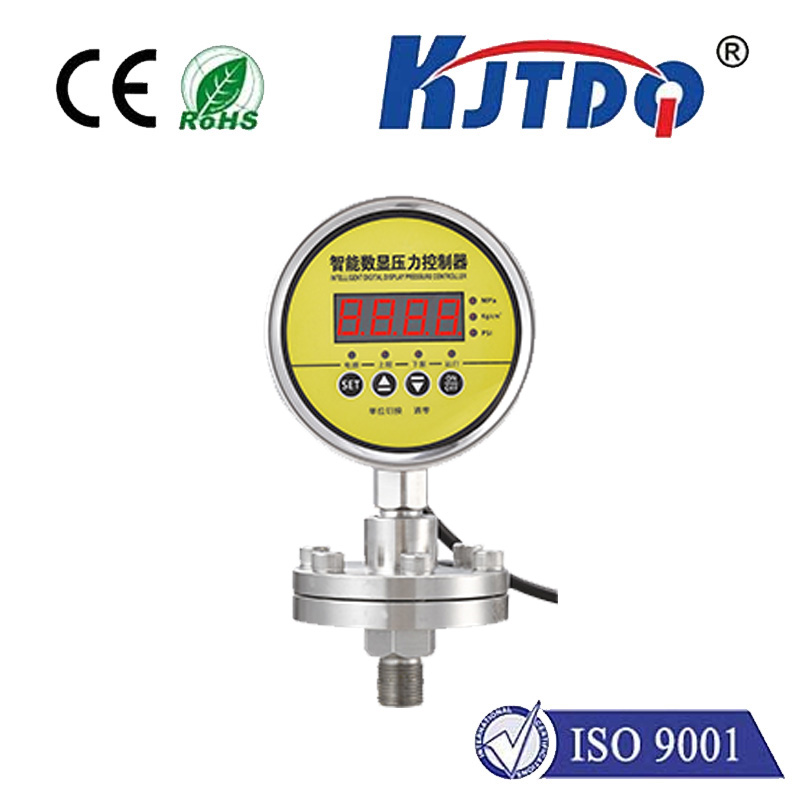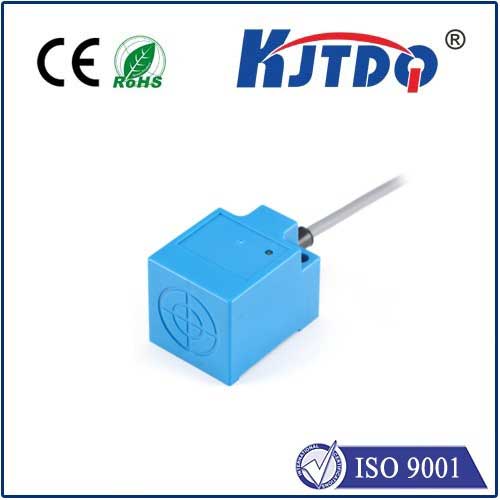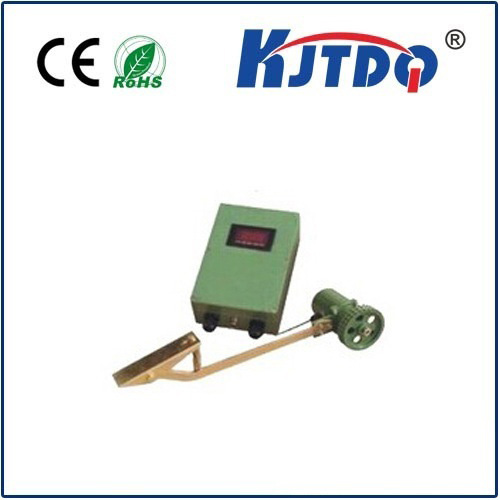sensor infrared proximity
- time:2025-07-17 08:17:56
- Click:0
Unveiling the Power of Infrared Proximity Sensors: How They Work and Where They Excel
Have you ever wondered how your smartphone screen magically turns off when you hold it to your ear during a call? Or how some automatic faucets sense your hands without a single touch? The unsung hero enabling these seamless interactions is often a tiny but crucial component: the infrared proximity sensor. This technology, silently embedded in countless devices, is fundamental to detecting the presence of nearby objects without physical contact. Let’s delve into the world of infrared proximity sensors, exploring their operation, key advantages, and the diverse applications they power.
The Core Principle: Seeing with Invisible Light
At its heart, an infrared proximity sensor operates on the principle of reflected infrared light. It typically consists of two key elements:
- An Infrared Emitter (IR LED): This component emits a beam of infrared light, which is invisible to the human eye but falls within the electromagnetic spectrum just beyond visible red light.
- An Infrared Detector (Photodiode or Phototransistor): This element is sensitive to IR light. Its job is to detect any infrared radiation falling upon it.
The fundamental working mechanism is elegantly simple:
- The IR emitter sends out a pulse or beam of infrared light.
- If an object is present within the sensor’s detection range, this IR light reflects off the object’s surface.
- The reflected IR light travels back towards the sensor.
- The IR detector picks up this reflected light.
- The sensor’s internal circuitry measures the intensity of the reflected light received by the detector.
The Key Insight: Distance is Measured by Intensity
Crucially, the strength or intensity of the reflected IR signal diminishes rapidly with increasing distance. An object very close to the sensor will reflect a relatively strong signal back to the detector. As the object moves farther away, the reflected signal becomes significantly weaker. The sensor’s electronics are calibrated to interpret this signal strength:
- High Reflected Intensity: Indicates an object is proximal (close).
- Low or No Reflected Intensity: Indicates no object is present within the effective range, or the object is too far away.
Modulation: The Sensor’s Secret Weapon Against Ambient Noise
One significant challenge for basic IR sensing is interference from ambient infrared sources – sunlight, incandescent bulbs, and other heat sources all emit IR radiation. This can cause false triggers or unreliable readings. Infrared proximity sensors overcome this ingeniously using modulation.
- The IR emitter doesn’t send a constant beam; instead, it pulses the IR light at a specific, high frequency (often in the kilohertz range, e.g., 38kHz or 56kHz).
- The detector is designed to only respond to IR light pulsing at that exact same frequency.
- Since ambient IR sources (like the sun) emit constant IR light without this specific pulsing pattern, the detector effectively filters them out. Only the modulated IR light that the sensor itself emitted and reflected back will be recognized. This modulation is critical for achieving reliable operation in real-world environments.
Where Infrared Proximity Sensors Shine: Key Applications
The unique advantages of IR proximity sensors make them ideal for numerous applications:
- Consumer Electronics: As mentioned, proximity sensing in smartphones is a prime example, turning off the screen during calls to save power and prevent accidental touches. They’re also used in tablets, laptops, and e-readers.
- Touchless Interfaces: Found in automatic faucets, soap dispensers, hand dryers, paper towel dispensers, and even some touchless light switches, promoting hygiene and convenience.
- Industrial Automation: Used for object detection on assembly lines (presence/absence), counting objects passing a point, verifying parts are in position before a machine operation, and detecting jams.
- Robotics: Employed for obstacle detection, collision avoidance, cliff detection in robotic vacuums, and docking/alignment tasks where robots need to sense proximity to a charging station or target.
- Security Systems: Can be used as part of motion detection systems or to detect when a door, window, or drawer has been opened if strategically placed.
- Display Dimming: In devices like smartwatches or automotive displays, proximity sensors can dim or turn off the screen when the user looks away, enhancing visibility and conserving battery life.
Advantages Driving Adoption
Several inherent benefits contribute to the widespread use of infrared proximity sensors:
- Contactless Sensing: No physical interaction required, enabling touchless operation and preventing wear or damage to the sensor or object.
- Low Power Consumption: Especially when combined with modulation techniques and pulsed operation, they are very power-efficient, crucial for battery-powered devices.
- Low Cost: Components are relatively inexpensive, making them highly cost-effective for mass-market products.
- Compact Size: They can be manufactured in very small packages (even surface-mount components), ideal for space-constrained designs like smartphones.
- Reliability: With proper modulation and circuit design, they offer robust and dependable proximity detection in various lighting conditions.
- Speed: They provide very fast response times for detection.
Limitations to Consider
While powerful, IR proximity sensors have limitations:
- Object Dependence: Detection range and reliability can be affected by the object’s color, texture, and material. Dark, matte, or IR-absorbent objects reflect less light and are harder to detect than light-colored, shiny, or IR-reflective objects.
- Limited Range: They are designed for short-range detection, typically from a few millimeters up to several tens of centimeters. They are not suitable for long-distance sensing like LiDAR.
- Environmental Interference: Extreme heat sources or direct, intense sunlight (especially if it contains a high IR component matching the modulation frequency) can potentially cause interference, though modulation mitigates most ambient light issues.
Infrared vs. Ultrasonic: Choosing the Right Proximity Sensor
Another common proximity sensing technology is ultrasonic. How do they compare?
- IR: Better for smaller objects, less affected by air currents/temperature, generally lower power and cost, but sensitive to object surface properties and IR interference.
- Ultrasonic: Can detect a wider variety of surfaces regardless of color/material, often has a longer range than typical IR proximity sensors, but can be affected by temperature variations, wind, and soft absorbing materials, and may have slower response times or higher power consumption.
The choice depends heavily on the specific application requirements, environment, and target object characteristics.
From the smartphone in your pocket to the faucet in a public restroom and the robots on factory floors, infrared proximity sensors are a pervasive, efficient, and reliable solution for non-contact detection. Their blend of simplicity, low cost, compact size, and power efficiency, coupled with the intelligent use of modulated infrared light, ensures they remain a cornerstone technology for enabling intuitive interactions and automation in our increasingly connected world. Understanding their operation and strengths allows engineers and designers to effectively leverage their capabilities.





